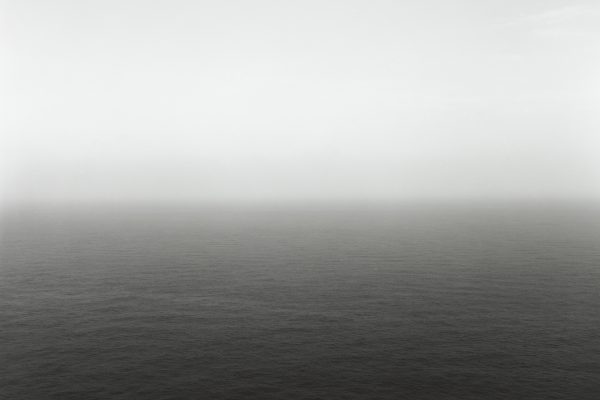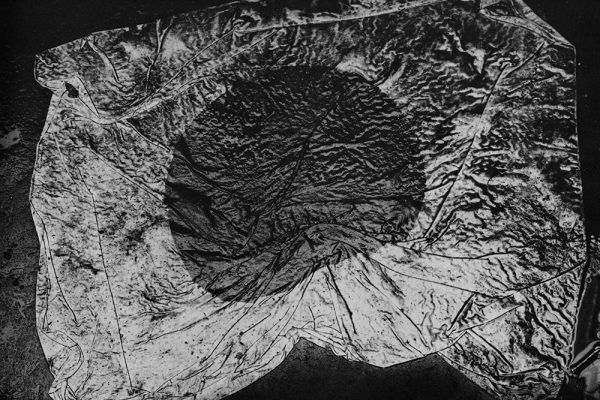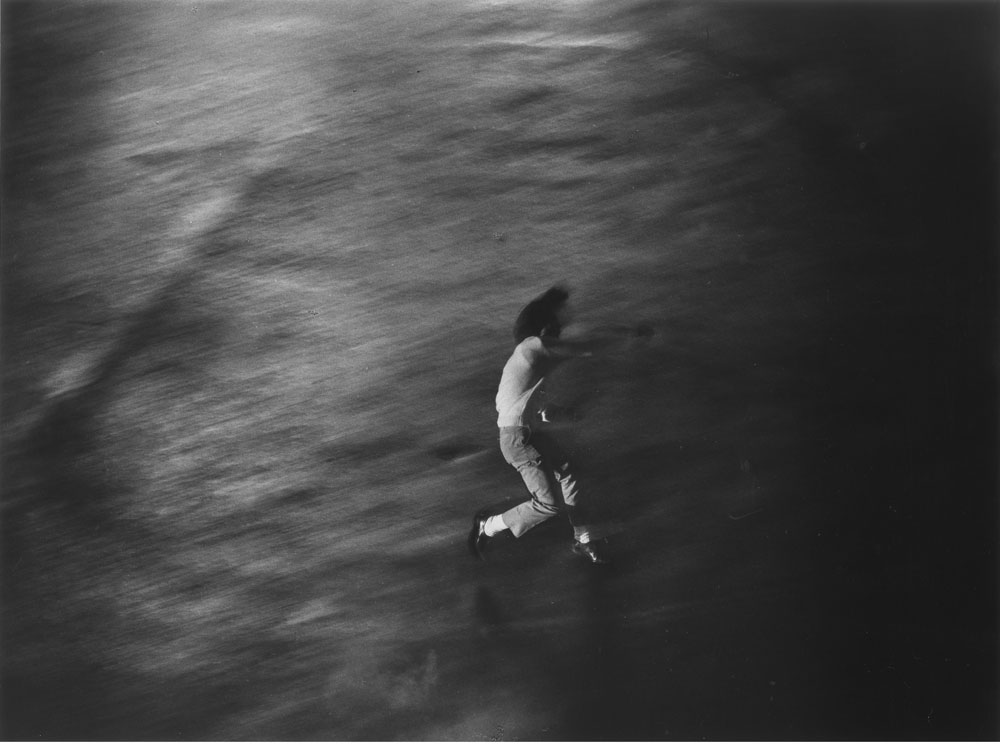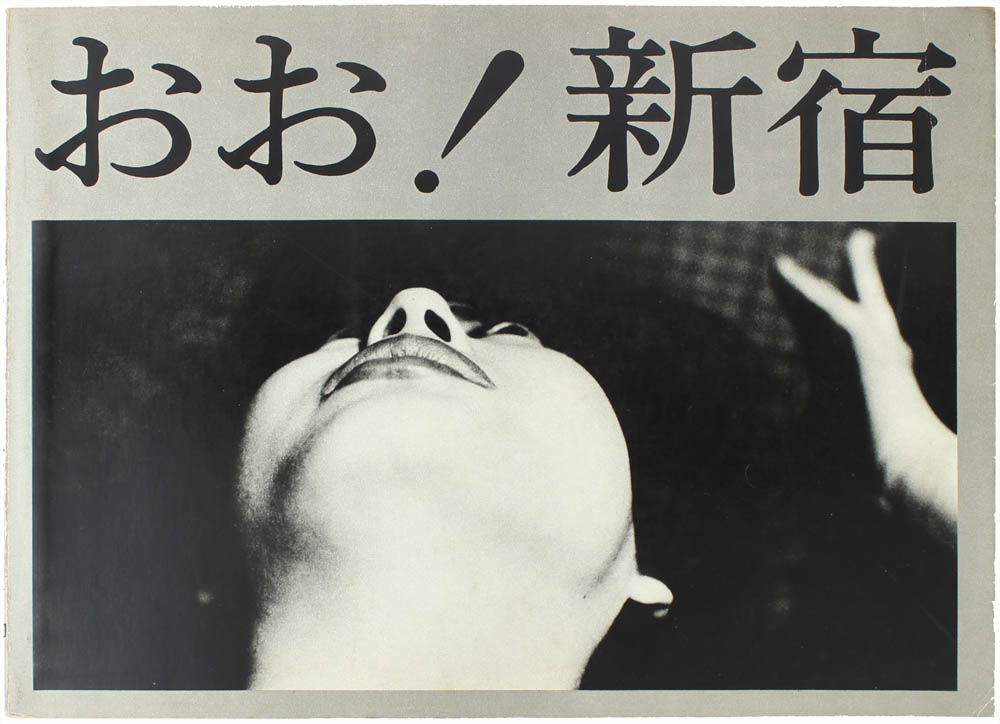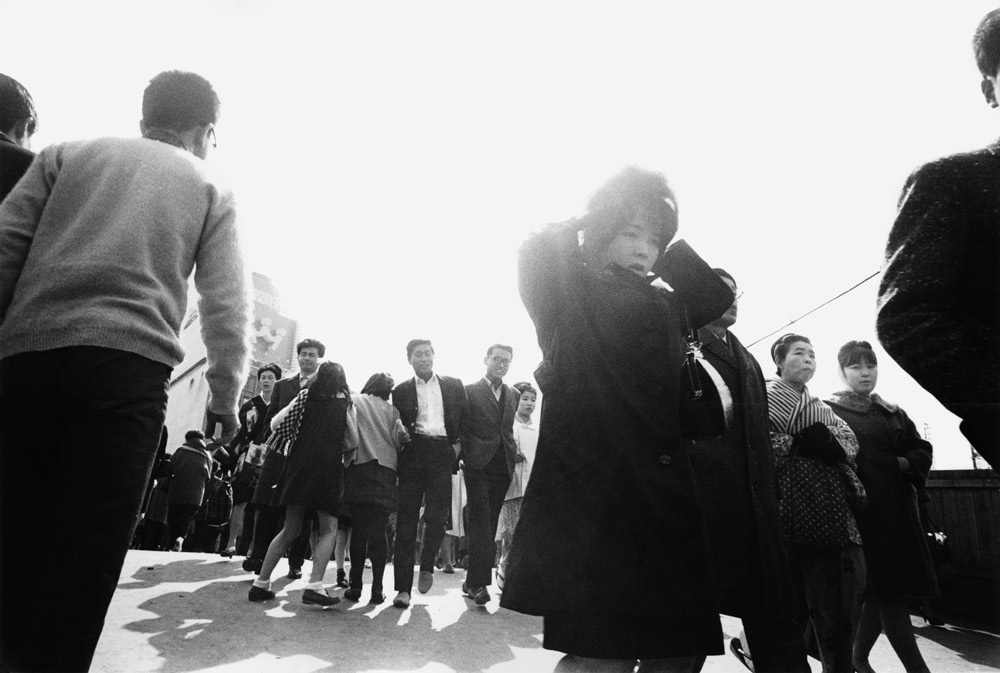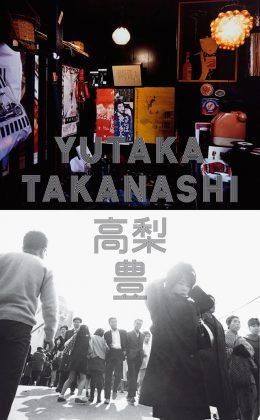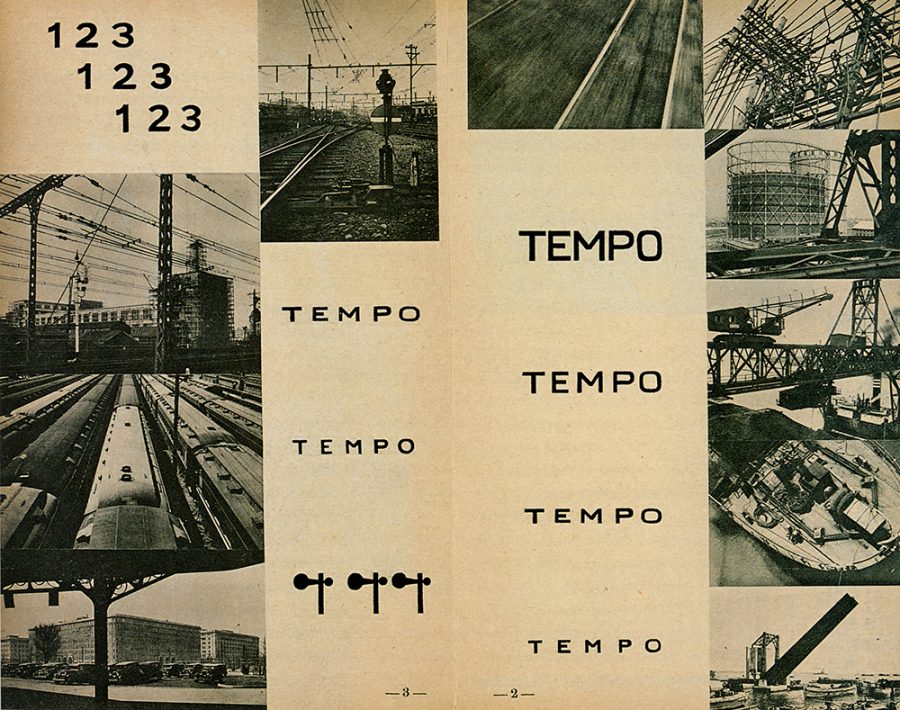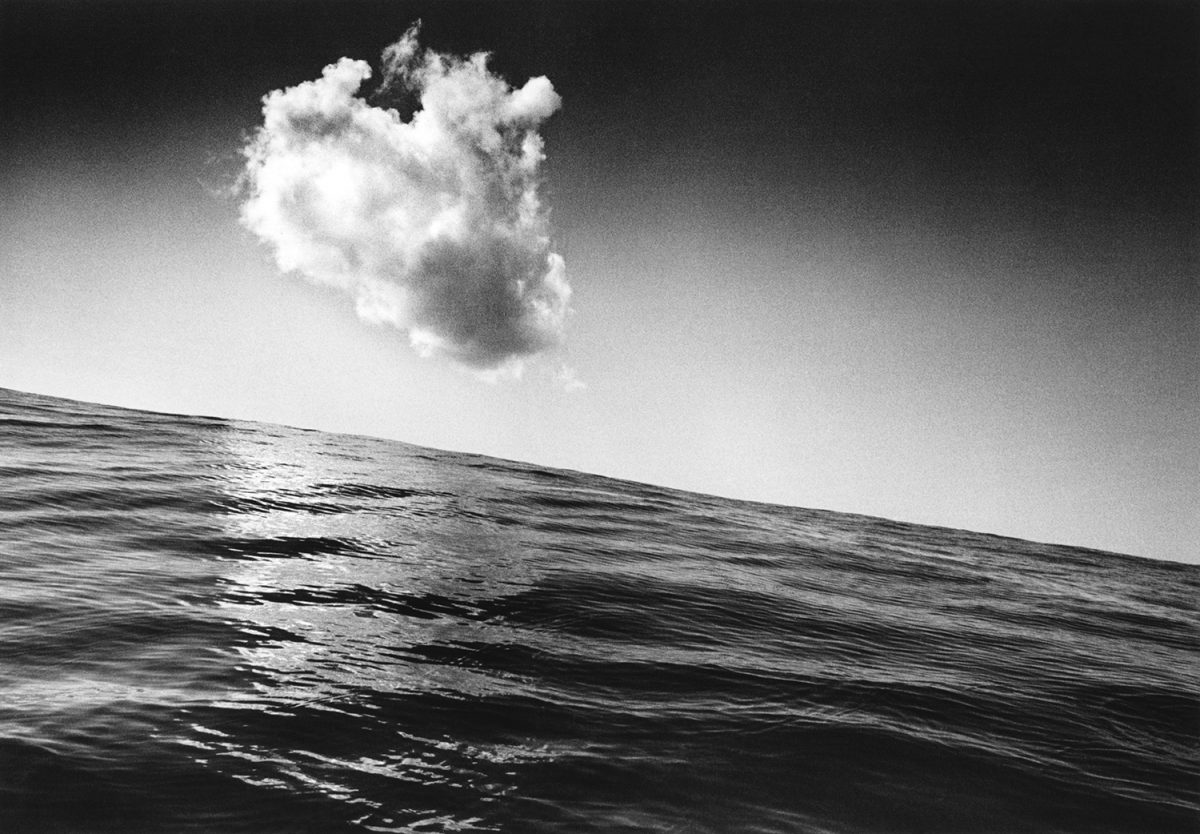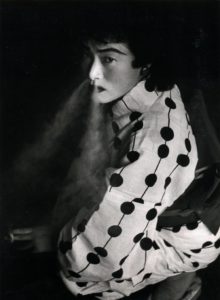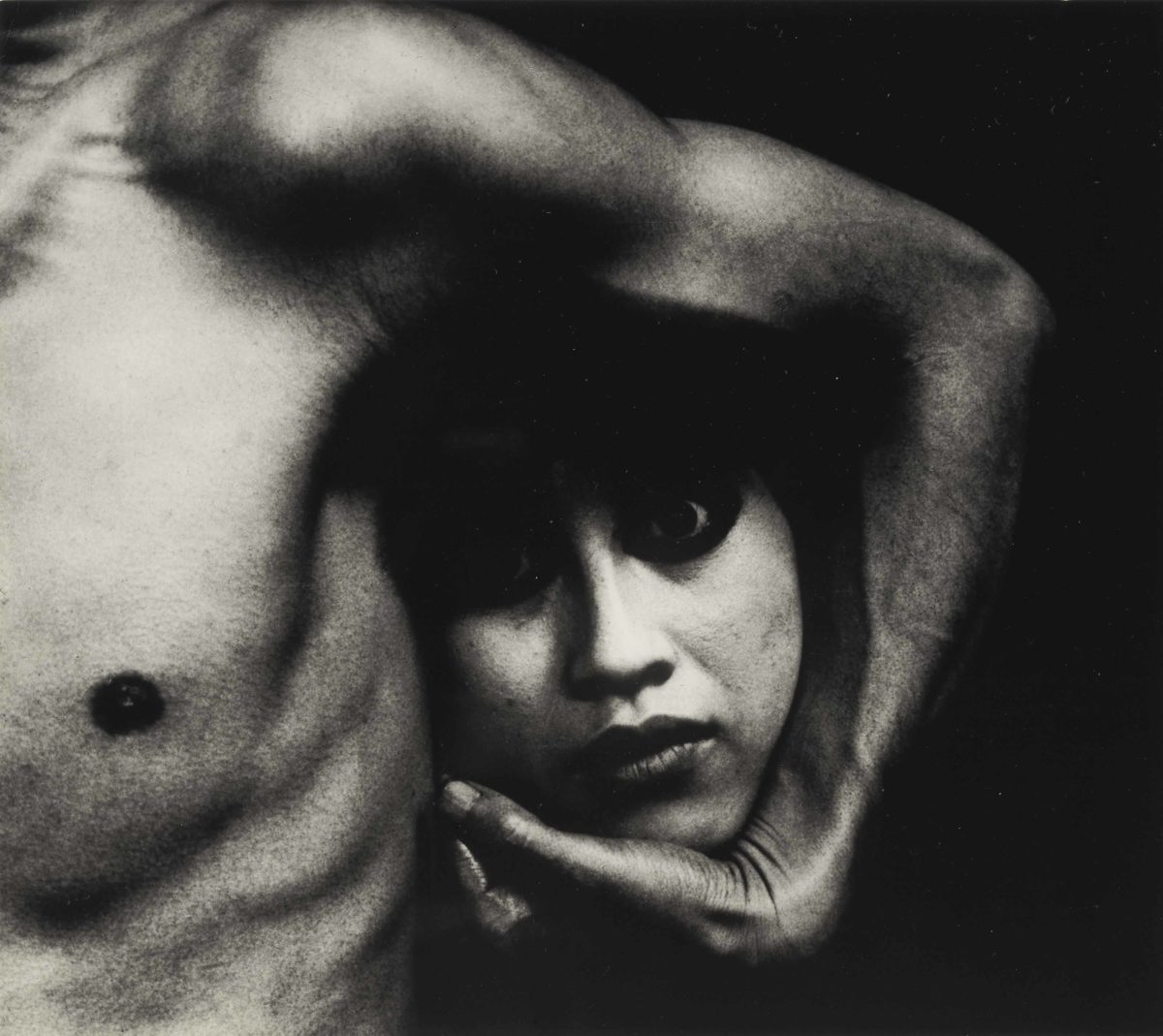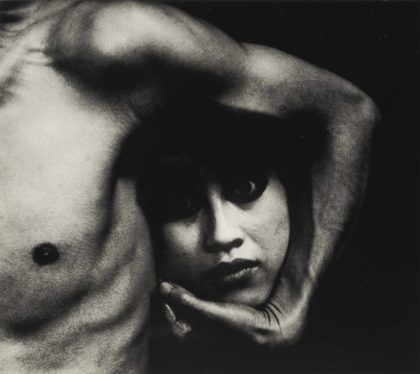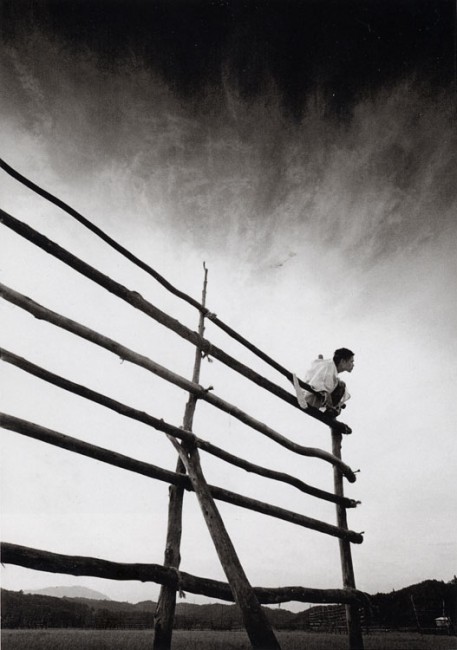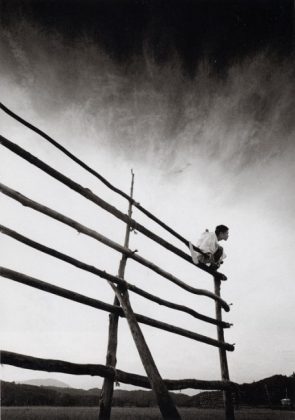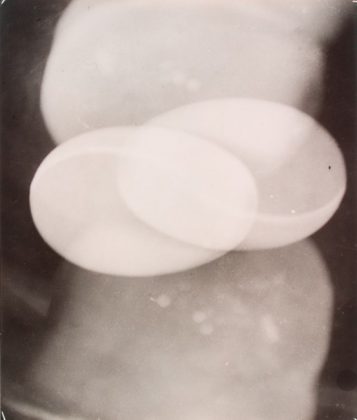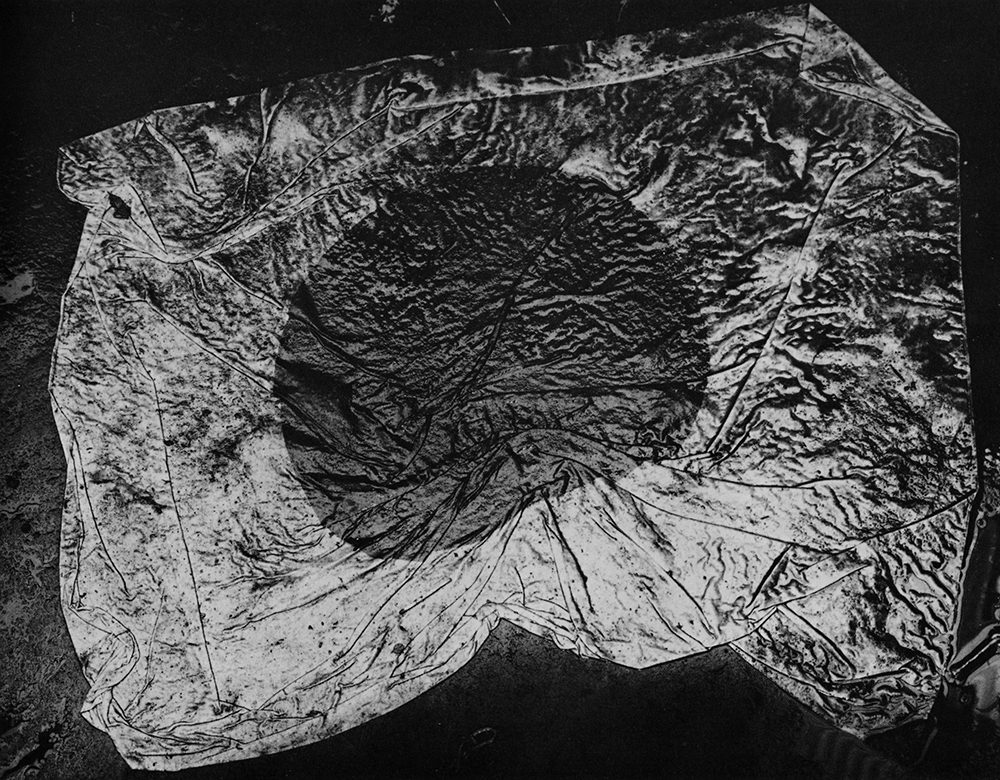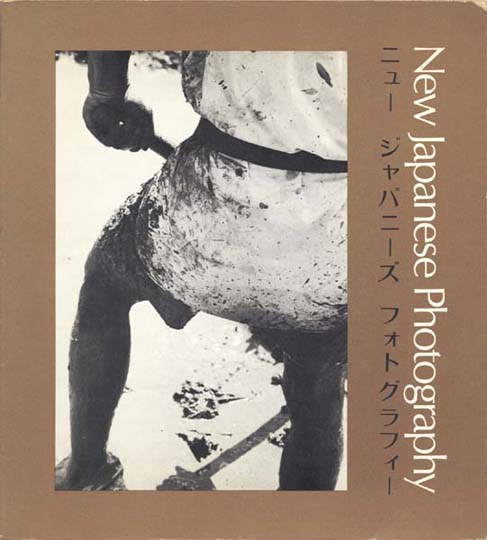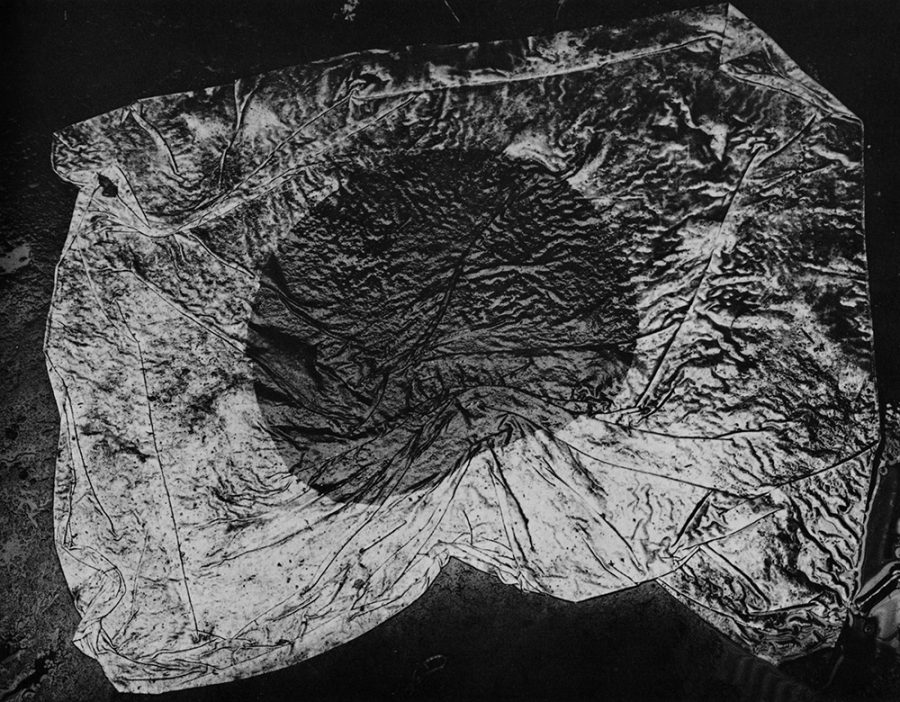This is part three of of my essay “Yutaka Takanashi – Towards the City” for the “Yutaka Takanashi” exhibition catalogue, accompanying the show at the Fondation Henri Cartier-Bresson.[1]Essay: “Towards the City” [French/English]. in: Yutaka Takanashi, published by Éditorial RM, Mexico City and Toluca Éditions, Paris. Published on occasion of the exhibition Yutaka Takanashi, … Continue reading
Scrap Picker and Hunter of Images
In 1966, when his series Tokyo-jin was being published, Yutaka Takanashi formulated his fundamental attitude to the medium of photography. As a photographer, he moved between two extremes – on the one hand, a “hunter of images” who aims to capture the invisible; on the other, a “scrap picker” who only picks up what is visible.[2]Yutaka Takanashi, in: Camera Mainichi, no. 1, January 1966, p. 13. Translation in: reference as above Masuda: Field Notes of Light, p. 144.
“[…] two conflicting creatures seem to have settled into my body. One is a ‘hunter of images’ aiming exclusively to shoot down the invisible, and the other is a ‘scrap picker’ who can only believe in what is visible.”
In the Tokyo-jin series, Takanashi was working primarily in “scrap picker” mode, photographing the visible elements of Tokyo, although the “hunter of the invisible” manifested itself in a number of pictures, such as Hachiko Square, Shibuya Station, Shibuya-ku, 1965, in which a girl appears to be reflected in the back of a man in a dark sports jacket leaning on a pane of glass opposite which she is standing.
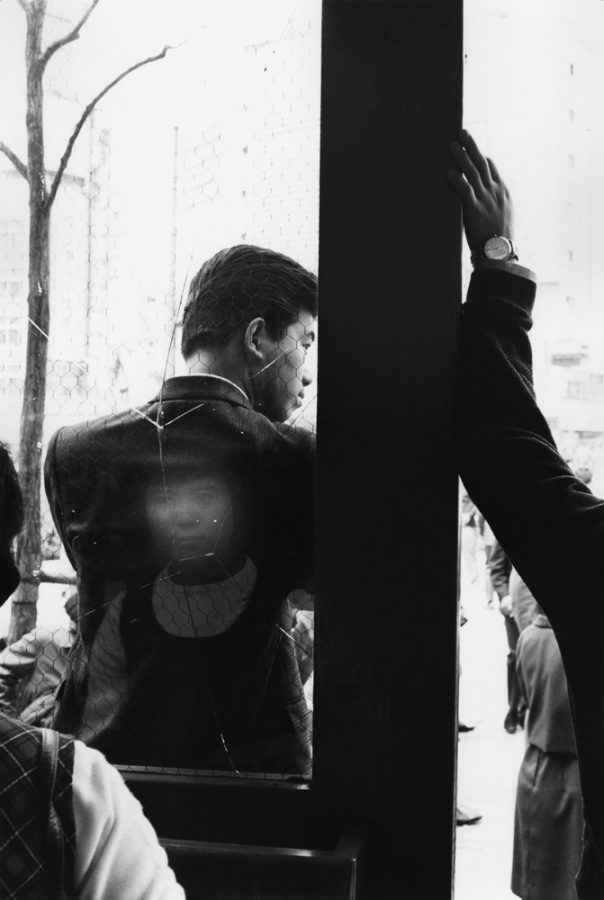
Yutaka Takanashi: Hachiko Square, Shibuya Station, Shibuya-ku, from the series “Tokyo-Jin”, , April 25, 1965, published in “Toshi-e”, 1974
References
| ↑1 | Essay: “Towards the City” [French/English]. in: Yutaka Takanashi, published by Éditorial RM, Mexico City and Toluca Éditions, Paris. Published on occasion of the exhibition Yutaka Takanashi, Fondation Henri Cartier-Bresson, Paris, May 10 – July 29, 2012 |
|---|---|
| ↑2 | Yutaka Takanashi, in: Camera Mainichi, no. 1, January 1966, p. 13. Translation in: reference as above Masuda: Field Notes of Light, p. 144. |

